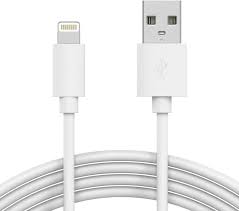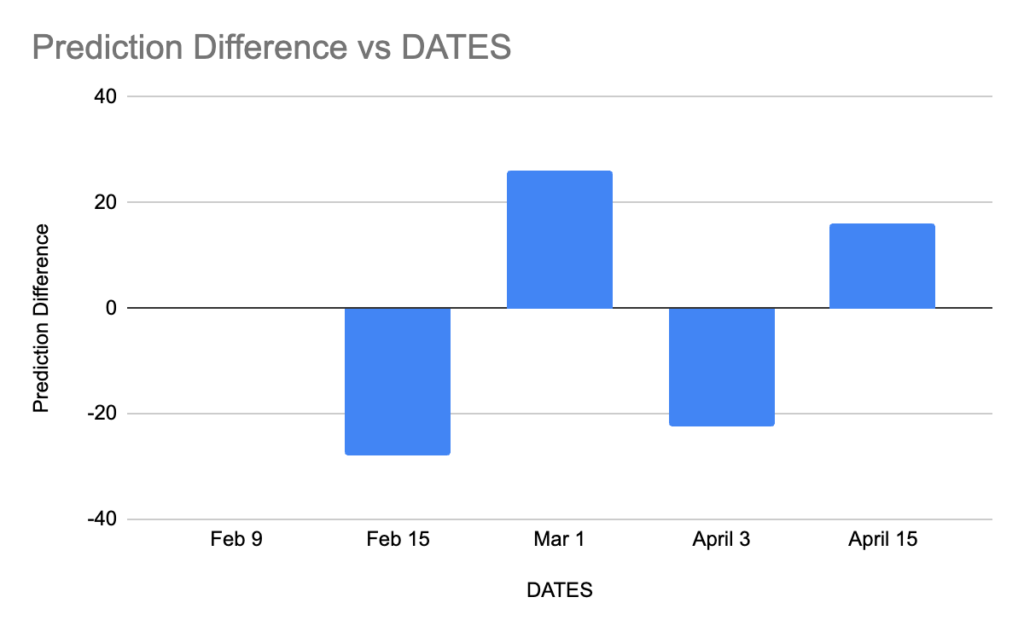Justin Jefferson, the dynamic wide receiver for the Minnesota Vikings, has a heritage that not only defines him but also serves as a testament to his determination, talent, and the support system that has propelled him to NFL stardom. Born on June 16, 1999, in St. Rose, Louisiana, Jefferson’s roots run deep in the bayou culture, a rich tapestry of traditions, family values, and a love for football that permeates the region.
Jefferson’s heritage is intertwined with the vibrant sports culture of Louisiana, where football is not just a game but a way of life. Growing up in a state known for producing top-tier athletes, Jefferson was immersed in a community where football was revered, and the dream of playing at the highest level was nurtured from a young age.
One cannot discuss Justin Jefferson’s heritage without acknowledging the significant influence of his family. Raised in a supportive household alongside his three brothers, including his older sibling Jordan Jefferson, who himself played college football as a quarterback for LSU, Justin was surrounded by a competitive spirit and a relentless drive to succeed. His parents instilled in him the values of hard work, discipline, and perseverance, traits that would later define his journey to the NFL.
The Jefferson family’s bond extends beyond the confines of their home, as they are deeply connected to their Cajun heritage. Louisiana’s Cajun culture, with its unique blend of French, African, and American influences, shapes Justin’s identity and imbues him with a sense of pride in his roots. From savoring traditional Creole cuisine to celebrating Mardi Gras festivities, Jefferson’s upbringing is steeped in the rich traditions of his heritage.
On the football field, Justin Jefferson’s heritage is evident in his style of play, characterized by a combination of finesse, athleticism, and a never-say-die attitude reminiscent of the grit and determination of Louisiana’s athletes. His journey to NFL success is a testament to the resilience ingrained in him by his upbringing, as he overcame challenges and setbacks to emerge as one of the league’s most electrifying talents.
Jefferson’s collegiate career at Louisiana State University (LSU) further solidified his ties to his heritage, as he became a standout player for the LSU Tigers football team. In his sophomore season in 2019, Jefferson played a pivotal role in leading the Tigers to a national championship victory, cementing his status as one of college football’s premier wide receivers.
Following his stellar collegiate career, Justin Jefferson entered the NFL with a sense of purpose and a determination to honor his heritage with his performances on the field. Selected by the Minnesota Vikings in the first round of the 2020 NFL Draft, Jefferson wasted no time making an impact at the professional level. In his rookie season, he shattered records and earned Pro Bowl honors, showcasing his talent and earning the respect of his peers and fans alike.
As Justin Jefferson continues to make waves in the NFL, his heritage remains a driving force behind his success. Whether he’s making acrobatic catches on game day or giving back to his community off the field, Jefferson’s Louisiana roots serve as a constant reminder of the values that have shaped him into the player and the person he is today.
In essence, Justin Jefferson’s heritage is a reflection of the rich cultural tapestry of Louisiana, a source of inspiration that fuels his passion for football and motivates him to strive for greatness both on and off the field. As he continues to carve out his legacy in the NFL, Jefferson carries with him the spirit of his Cajun ancestors, embodying the resilience, tenacity, and unwavering pride that define his heritage.


 Generative AI poses various threats that echo human concerns. There’s the fear of its misuse, much like how fake news spreads online. Privacy and security worries arise, akin to leaving personal information vulnerable to prying eyes. Ethical questions loom large, as AI’s ability to mimic human behavior blurs the line between truth and deception. Then, there’s the unsettling prospect of job displacement, reminiscent of past industrial revolutions reshaping employment landscapes.
Generative AI poses various threats that echo human concerns. There’s the fear of its misuse, much like how fake news spreads online. Privacy and security worries arise, akin to leaving personal information vulnerable to prying eyes. Ethical questions loom large, as AI’s ability to mimic human behavior blurs the line between truth and deception. Then, there’s the unsettling prospect of job displacement, reminiscent of past industrial revolutions reshaping employment landscapes.




